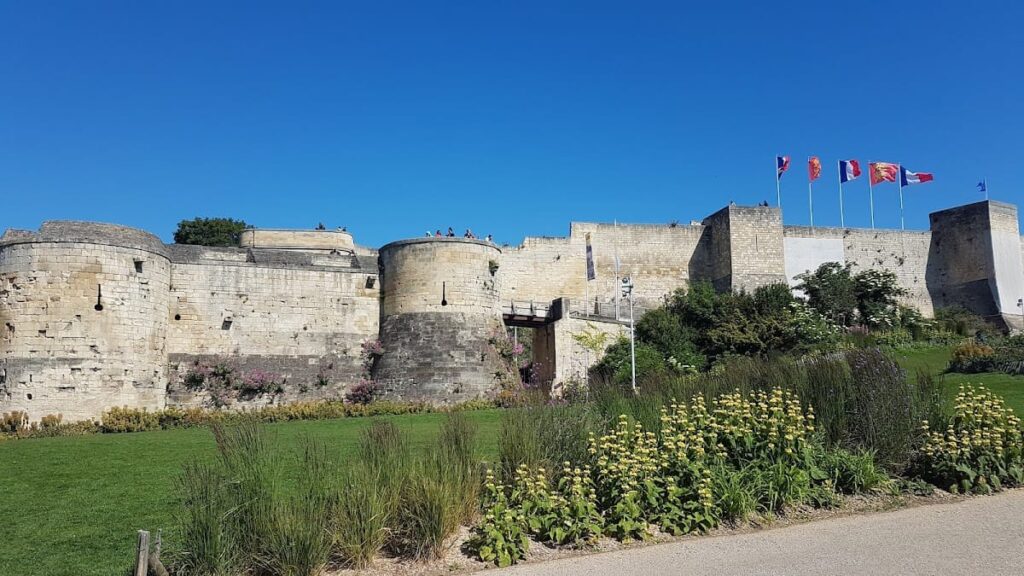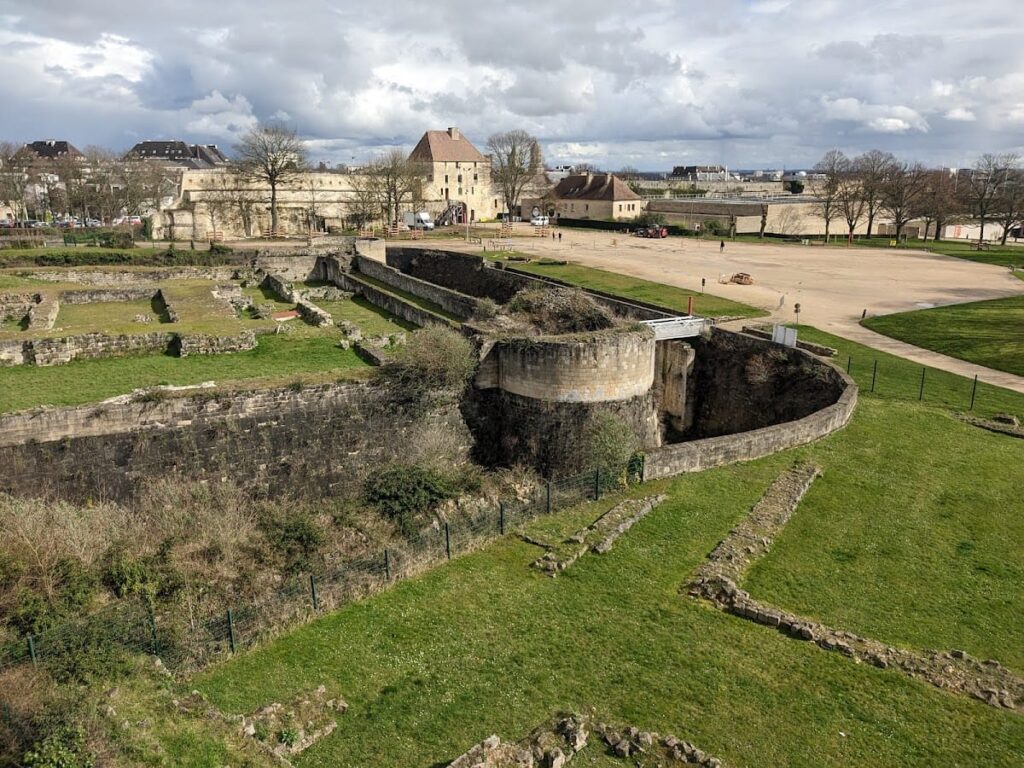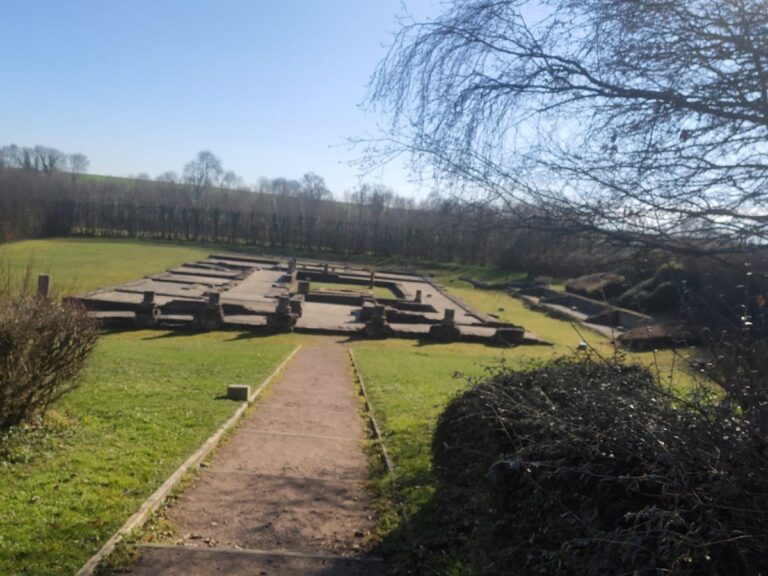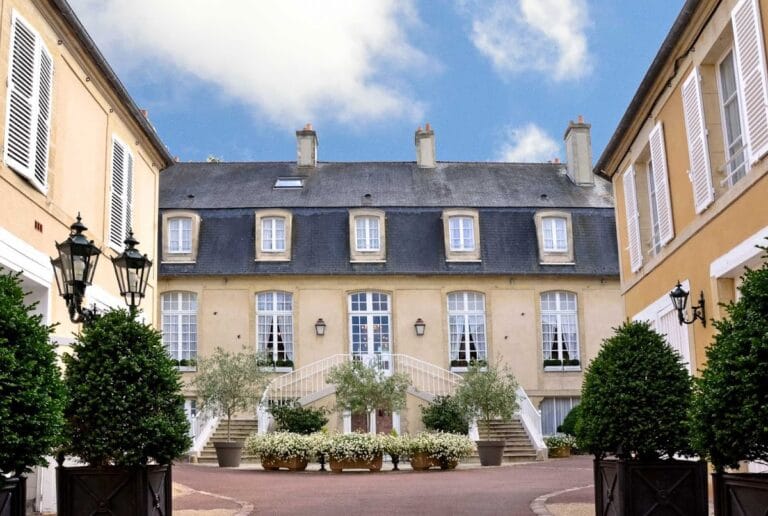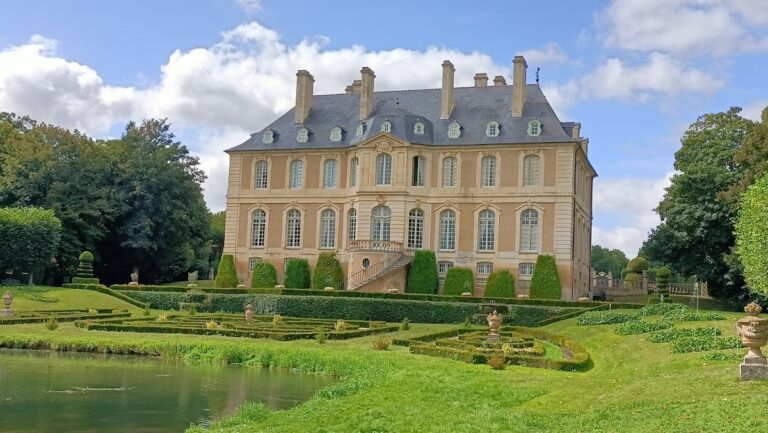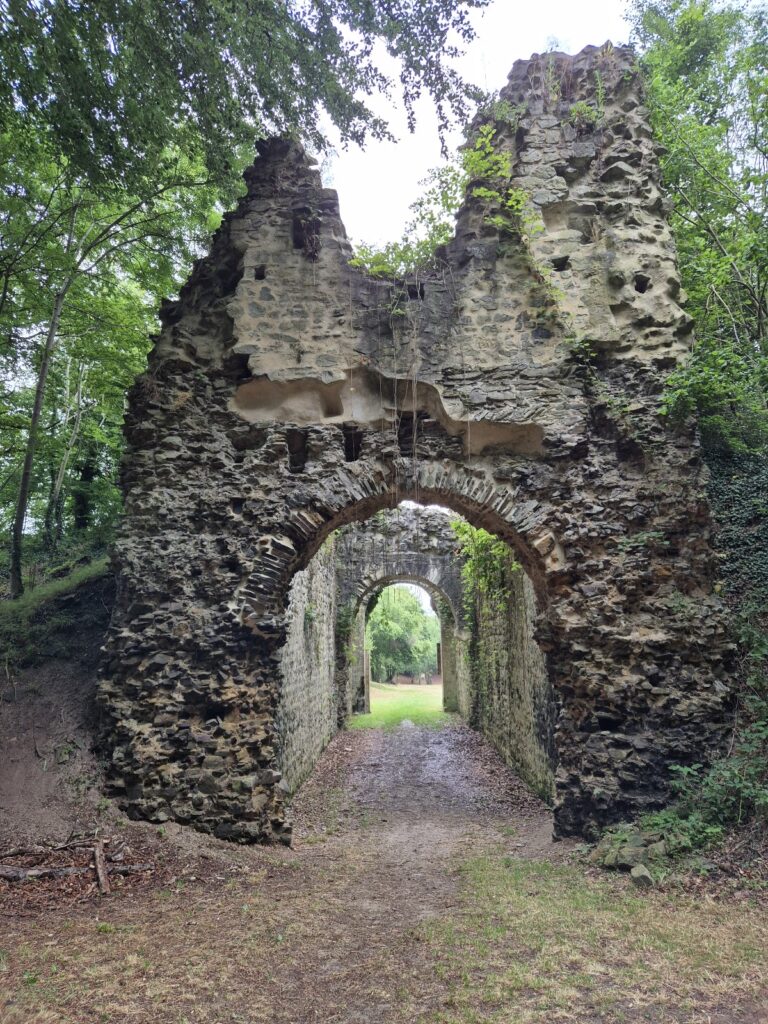Castle of Caen: A Historic Norman Fortress in France
Visitor Information
Google Rating: 4.3
Popularity: High
Google Maps: View on Google Maps
Official Website: musee-de-normandie.caen.fr
Country: France
Civilization: Medieval European
Remains: Military
History
The Castle of Caen was established around 1060 by Duke William of Normandy, later known as William the Conqueror. It was built on a limestone plateau overlooking the Orne valley in what is now Caen, France. The castle was intended as a princely residence and a center of ducal authority rather than solely a military stronghold. Although some suggest early fortifications existed around 1025, no archaeological proof confirms this.
In the early 12th century, Henry I Beauclerc, William’s son, enhanced the castle’s defenses by constructing a large square donjon, or keep, near the original gate tower. This keep included a chapel dedicated to Saint Gabriel and strengthened the castle’s role as a political and administrative center. The castle housed the ducal treasury, the provost’s seat, and a prison. It also hosted royal courts and important councils, including one convened to lift the church interdict following Thomas Becket’s assassination.
After King Philip Augustus of France took control of Normandy in 1204, the castle underwent significant modernization. A trapezoidal stone wall was built around the donjon, featuring four round towers and a deep rock-cut ditch. New northern defenses included the fortified Porte des Champs gate with a barbican, reflecting the castle’s strategic importance in the French kingdom.
During the Hundred Years’ War, the castle was a contested site. It was captured by the English in 1346 and again in 1417, before being retaken by the French in 1450. From the 16th century onward, the castle’s military role diminished. It increasingly served as a prison and barracks, and the civilian population within its walls declined.
The French Revolution brought further change. In 1793, the donjon was largely demolished by official decree. Despite this, the castle continued to function as a military prison and barracks throughout the 19th century. In the late 1800s and early 1900s, it was transformed into the Lefèvre barracks, accommodating up to 5,000 infantrymen. New military buildings were constructed on the site of the former donjon, and many moats were filled in.
The castle suffered heavy damage during World War II, especially in the 1944 Battle of Caen. The remains of the donjon, the governor’s palace, the Saint-Georges church, and other structures were severely affected. Restoration and archaeological work began in the 1950s and 1960s, led by Michel de Boüard, uncovering medieval foundations and remains.
Since 1956, the city of Caen has owned the castle. It has been repurposed as a cultural site, housing the Musée de Normandie and the Musée des Beaux-Arts. Restoration and public access improvements have continued into the 21st century, with ongoing efforts to preserve and interpret the site’s history.
Remains
The Castle of Caen covers about 5.5 hectares, making it one of Europe’s largest medieval fortresses. It occupies a roughly polygonal area measuring approximately 250 by 225 meters on a plateau overlooking the city and the Orne valley. The castle’s stone walls replaced earlier wooden palisades by the late 11th century. These walls are about one meter thick and feature battlements and arrow slits. In the 16th century, earthworks were added to strengthen defenses against artillery.
Thirteen towers line the enceinte, or enclosing wall, most of which are square and date from the 12th century. Two large semi-circular towers, Tour Mathilde and Tour Puchot, stand at the southeast and northwest corners, linking the castle to the city walls. The main gates are the southern Porte Saint-Pierre and the eastern Porte des Champs. Both are fortified with barbicans—outer defensive structures—and flanked by towers. The Porte des Champs has a double horseshoe-shaped barbican with four round towers and machicolations, openings through which defenders could drop objects on attackers. This gate was built or reinforced in the 15th century.
The donjon, built around 1120 by Henry I, was a massive Romanesque keep measuring 24 by 27.5 meters, with walls up to 4.3 meters thick at the base and an estimated height exceeding 25 meters. It contained a deep internal well reaching 21 meters, a chapel, and was accessed by an external staircase on the first floor. After 1204, Philip Augustus surrounded the donjon with a trapezoidal stone chemise, or protective wall, about 15 meters away. This chemise had walls three meters thick and four round towers named Cheval Blanc, Cheval Noir, Cheval Rouge, and Cheval Gris, each about 4.5 meters in diameter. A deep rock-cut ditch, up to 10 meters deep and 16 meters wide, separated this enclosure from the rest of the castle.
Inside the walls are several important buildings. The Logis des Gouverneurs, originally built in the early 14th century and rebuilt in the 17th century, served as the governor’s residence and now houses the Musée de Normandie. The Salle de l’Échiquier is a large Romanesque great hall from the 12th century, measuring 30.7 by 11 meters and 8 meters high, used for court sessions and ceremonies. Excavations have also revealed a second large hall, likely built in the late 12th century under Henry II Plantagenet, measuring 13 by 24 meters.
The Vieux Palais, or Old Palace, constructed by William the Conqueror in the late 11th century, included a great hall, a chapel dedicated to Saint George, and princely apartments. This area was separated from the rest of the castle by a deep ditch. The chapel was modified in the 15th century with Gothic windows and buttresses. The parish church of Saint-Georges, dating from the late 11th or early 12th century, could hold about 100 parishioners. It was heavily damaged in 1417 and rebuilt in the 15th century with Gothic features. During the French Revolution, it was secularized and later used as a powder magazine and military space.
Archaeological excavations have uncovered well-preserved prison cells containing 19th-century graffiti, medieval forges and smithing areas decorated with wall frescoes of horse bits, and a medieval cistern. The castle’s moats and ditches, especially on the north side, were rock-cut and deepened in the 13th and 15th centuries. Many sections were filled in during the 18th and 19th centuries to make room for barracks and urban development.
The castle’s fortifications and buildings have experienced multiple cycles of destruction, rebuilding, and restoration. Significant conservation efforts in the 20th and 21st centuries have stabilized the walls, uncovered archaeological remains, and adapted the site for museum use. Guided tours of the donjon foundations began in 2025, and plans exist to open some towers and prison cells as part of ongoing enhancement projects.

